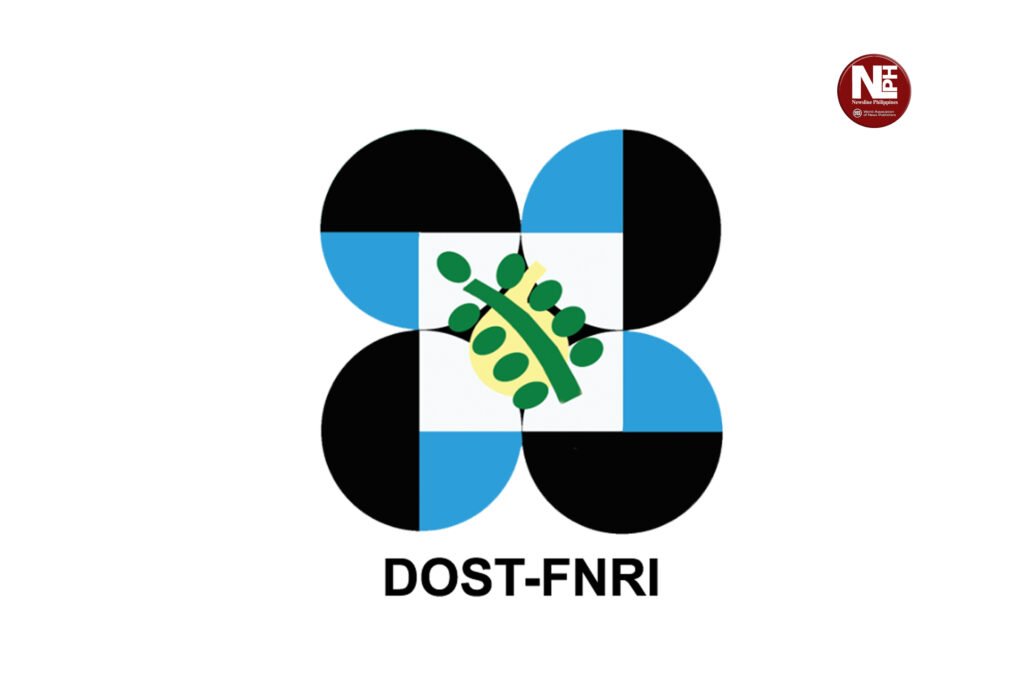
DAVAO CITY (October 23) — Nearly four in every ten households in Davao Region struggled with moderate to severe food insecurity in 2023, according to the latest data from the Department of Science and Technology–Food and Nutrition Research Institute (DOST-FNRI).
Food insecurity was most common among households with poor wealth status, larger family sizes, and those living in rural areas, the FNRI report said. Affected families reported experiences such as reducing food portions, skipping meals, or going a day or more without food.
Regionally, the Bangsamoro Autonomous Region in Muslim Mindanao (BARMM) recorded the highest prevalence at 48.2%, while Calabarzon posted the lowest at 18.4%.
In Davao Region, the survey covered 2,095 households with 6,721 respondents, painting a picture of how economic and environmental pressures continue to shape food access in local communities.
Food sources and spending patterns
The study found that the most commonly purchased or gathered foods were vegetables, fish, and other seafood. Most households obtained food from sari-sari stores and small retailers, while three in ten also relied on home gardens, farms, kiosks, or grocery stores.
Many households reported limited spending capacity for food, often acquiring supplies two to three times a week or even only once or twice a month due to financial constraints.
A continuing challenge
Nutrition experts say the data underscore the need for stronger community-based food systems, livelihood programs, and improved access to affordable, nutritious food in the region — particularly in rural and low-income areas.

